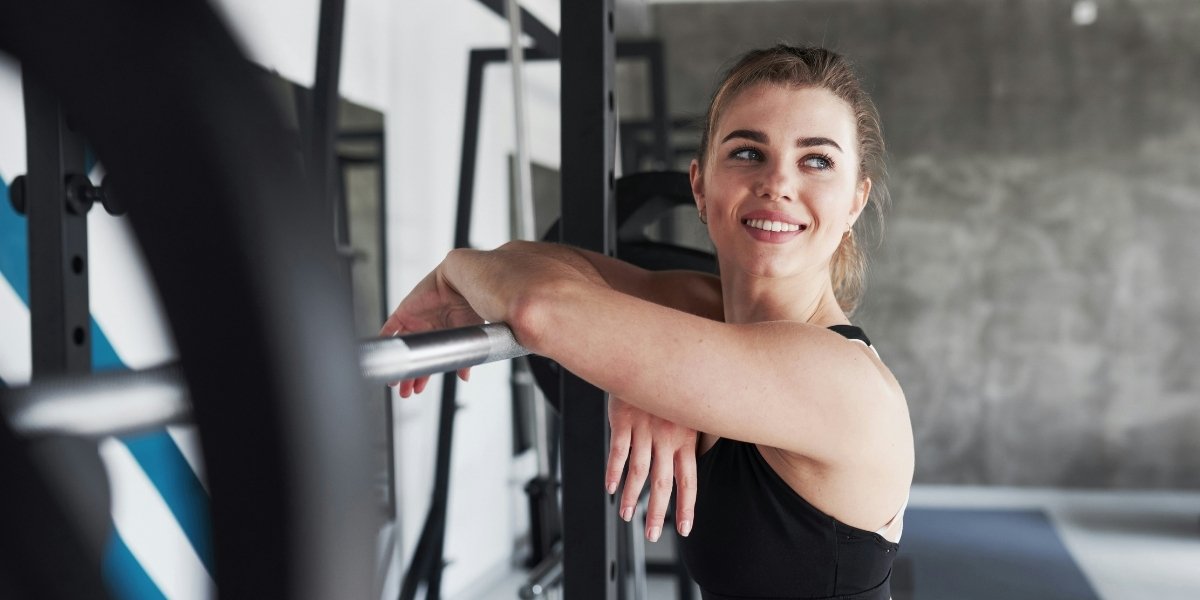In-flight anxiety can affect many people, whether it is due to a fear of flying, claustrophobia, or concerns about turbulence. Understanding that this is a common experience for many passengers is an important step in dealing with anxiety during flights. Thankfully, there are various strategies—both mental and physical—that can help individuals manage their anxiety and feel more at ease during air travel. By combining techniques that focus on the mind and body, passengers can reduce discomfort and improve their flying experience.
Read also: From Hot Springs to Forest Baths: The Evolution of Wellness Travel
What Are the Common Triggers of In-Flight Anxiety?
Identifying the specific causes of in-flight anxiety can be helpful in managing it. Many people experience anxiety while flying due to fear of heights, a lack of control over the situation, or past traumatic experiences during a flight. Other common triggers include being confined in a small space, the unpredictable nature of turbulence, or a general fear of flying. The more a person understands what triggers their anxiety, the better equipped they may be to take proactive steps toward addressing it.
How Can Mental Strategies Help Manage In-Flight Anxiety?
Mental strategies are often the first line of defense when managing in-flight anxiety. These approaches focus on changing the way a person thinks about flying and the feelings that arise in response to it. Some of the mental techniques that may help reduce anxiety include mindfulness, cognitive restructuring, and visualization.
How Can Mindfulness Techniques Be Useful for In-Flight Anxiety?
Mindfulness involves focusing on the present moment without judgment or distraction. This can be particularly helpful during a flight, as anxiety often stems from worrying about future events. Practicing mindfulness can help passengers stay grounded and reduce the tendency to ruminate on anxious thoughts. One common mindfulness exercise involves focusing on the breath—simply paying attention to the sensation of breathing in and out, which can be calming.
Deep breathing exercises are one of the simplest and most effective mindfulness techniques for managing anxiety. A common method is the 4-7-8 technique, where a person inhales for four seconds, holds the breath for seven seconds, and then exhales for eight seconds. This slow, deliberate breathing can trigger the body’s relaxation response, reducing the physical symptoms of anxiety.
How Can Cognitive Behavioral Strategies Assist with In-Flight Anxiety?
Cognitive Behavioral Therapy (CBT) principles can also be applied when dealing with in-flight anxiety. One of the key concepts of CBT is recognizing and challenging negative thoughts. For instance, an individual might think, “I can’t handle turbulence; something bad is going to happen.” CBT would involve questioning this thought—acknowledging that turbulence is a normal and safe part of air travel and that planes are designed to withstand it.
By reframing such thoughts, passengers can shift their focus from fear-based thinking to more rational, realistic perspectives. Replacing irrational fears with more balanced, evidence-based thoughts can help reduce anxiety and create a sense of control. Regular practice of this technique, whether before or during a flight, can help individuals manage their anxious thoughts in a more constructive way.
How Does Visualization Play a Role in Reducing Anxiety?
Visualization can be a useful tool in managing anxiety during flights. The process involves imagining oneself in a calm, peaceful environment or visualizing a positive flight experience. By creating vivid mental images of a relaxing scenario, such as arriving at a destination or calmly watching a movie during the flight, the focus is shifted away from fear. Visualizing success can help passengers feel more in control and reduce the emotional impact of anxiety triggers.
Additionally, visualizing the process of flying itself—such as calmly boarding the plane, settling into the seat, and relaxing throughout the journey—can promote a sense of ease. Engaging in this mental rehearsal before and during the flight can be helpful in creating a calmer, more relaxed mindset.
How Can Physical Techniques Help Ease In-Flight Anxiety?
In addition to mental techniques, physical strategies can also be valuable in reducing anxiety. These approaches focus on relaxing the body and helping to alleviate the physical tension that often accompanies anxiety. Techniques such as deep breathing, progressive muscle relaxation, and gentle movement can help calm the body and mind.
What Role Does Breathing Have in Managing Physical Symptoms of Anxiety?
Breathing exercises are one of the most effective physical methods for managing anxiety. Focusing on the breath can help slow down the heart rate, lower blood pressure, and calm the nervous system. Diaphragmatic breathing, also known as abdominal breathing, involves breathing deeply into the abdomen rather than shallowly into the chest. This type of breathing can activate the parasympathetic nervous system, which is responsible for relaxation.
Practicing slow, deep breathing—such as the 4-7-8 technique—can be effective not only for calming the body during the flight but also for reducing the mental tension that often accompanies anxiety. Many individuals find that taking several minutes to focus on deep breathing can help them feel more grounded and centered.
How Can Progressive Muscle Relaxation Help?
Progressive Muscle Relaxation (PMR) involves tensing and then relaxing different muscle groups in the body. By focusing on each group and systematically relaxing them, passengers can release the physical tension that often accompanies anxiety. PMR can be done discreetly while seated, making it ideal for use during a flight.
Starting with the muscles in the toes, individuals can tense them for a few seconds and then release. This process can then be repeated for different muscle groups, such as the calves, thighs, abdomen, and shoulders. This technique can help reduce muscle tension, alleviate stress, and provide an overall sense of calm.
How Can Subtle Movement Help Reduce Tension?
While space is limited on an airplane, subtle movement can still be effective in alleviating physical discomfort. Gently shifting in the seat, stretching the neck, or rolling the shoulders can release tension and provide some relief. Stretching exercises, particularly for the legs, can improve circulation and prevent stiffness.
If feasible, walking up and down the aisle periodically can also help relieve stress and provide a mental break from anxiety. Even small, low-impact movements can help reduce the intensity of anxiety, offering a distraction and improving physical comfort.
How Can You Prepare Before the Flight to Manage Anxiety?
Proper preparation before a flight can help reduce the likelihood of anxiety during the journey. Engaging in mental and physical relaxation practices before boarding can help set the tone for a calmer, more comfortable flight experience.
How Can Relaxation Be Incorporated Into Pre-Flight Preparation?
Practicing relaxation techniques in the days leading up to the flight can make a noticeable difference. Simple mindfulness practices, such as breathing exercises or short meditation sessions, can help individuals become more accustomed to calming their minds. Taking time to relax and engage in stress-relieving activities before the flight can help individuals approach the travel experience with a more peaceful mindset.
It may also be helpful to familiarize oneself with the flight process. Understanding the stages of a flight, such as takeoff, turbulence, and landing, can reduce uncertainty. Knowing that turbulence is common and that it doesn’t pose a significant danger can help shift focus from fear to acceptance.
How Can Distractions Help During the Flight?
During the flight, finding ways to occupy the mind can be an effective distraction from anxiety. Reading a book, watching a movie, or listening to music can shift focus away from anxiety triggers and keep the mind engaged. Engaging in an activity that requires attention, such as solving a puzzle or journaling, can help divert attention from physical sensations or worries.
When anxious thoughts arise, it may be helpful to gently redirect attention back to the activity at hand. This can provide a mental break from fear-based thinking, offering some relief during the flight.
How Can Support Systems Be Helpful During a Flight?
For those who experience significant anxiety, having a support system can be reassuring. Traveling with a companion or even communicating with flight attendants can provide emotional support. Sharing concerns with others can help normalize the experience and reduce feelings of isolation.
If traveling alone, it might be beneficial to inform a flight attendant about anxiety concerns. Flight attendants are trained to support passengers and can offer reassurance, check in periodically, or assist with other comfort needs, such as providing water or adjusting the air conditioning.
Read also: Luxury Travel: Why Personalized Service Matters
How Can You Address In-Flight Anxiety Over Time?
Dealing with in-flight anxiety is often an ongoing process. Using a combination of mental strategies, physical relaxation techniques, and preparation can help individuals feel more in control during a flight. With practice, it is possible to manage anxiety in a way that makes flying a more comfortable and even enjoyable experience. By exploring these approaches and finding what works best, passengers can take steps to reduce their anxiety and approach air travel with greater confidence.








